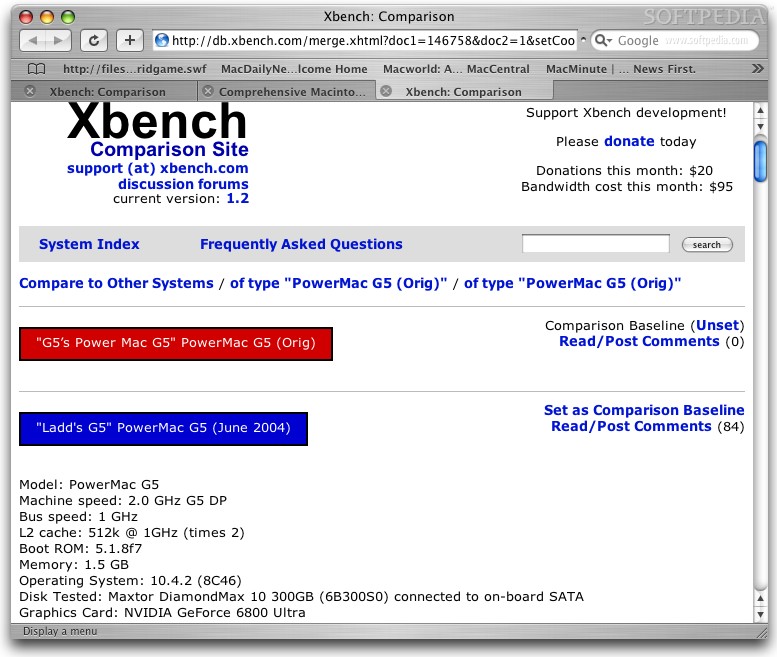

Sequential versions of such strategies are often applied in order to reduce the cost of testing. Moreover, two tests are often applied simultaneously for the purpose of obtaining a 'joint' testing strategy that has either higher overall sensitivity or specificity than either of the two tests considered singly. In this paper, we develop statistical methods for evaluating diagnostic test accuracy and prevalence estimation based on finite sample data in the absence of a gold standard. child-care centre, village in Africa, or a cattle herd are sampled or if the sample size is large relative to population size. The binomial assumption is incorrect if all individuals in a population e.g. Model.layers and set layer.The two-test two-population model, originally formulated by Hui and Walter, for estimation of test accuracy and prevalence estimation assumes conditionally independent tests, constant accuracy across populations and binomial sampling. In this case, you would simply iterate over Here are two common transfer learning blueprint involving Sequential models.įirst, let's say that you have a Sequential model, and you want to freeze all If you aren't familiar with it, make sure to read our guide Transfer learning consists of freezing the bottom layers in a model and only training Transfer learning with a Sequential model ones (( 1, 250, 250, 3 )) features = feature_extractor ( x ) output, ) # Call feature extractor on test input.

get_layer ( name = "my_intermediate_layer" ). Sequential ( ) feature_extractor = keras. These attributes can be used to do neat things, likeĬreating a model that extracts the outputs of all intermediate layers in a This means that every layer has an inputĪnd output attribute. Once a Sequential model has been built, it behaves like a Functional API Guide to multi-GPU and distributed training.įeature extraction with a Sequential model Speed up model training by leveraging multiple GPUs.Save your model to disk and restore it.Guide to training & evaluation with the built-in loops Train your model, evaluate it, and run inference.Once your model architecture is ready, you will want to: GlobalMaxPooling2D ()) # Finally, we add a classification layer.


summary () # Now that we have 4x4 feature maps, time to apply global max pooling. Conv2D ( 32, 3, activation = "relu" )) model. summary () # The answer was: (40, 40, 32), so we can keep downsampling. MaxPooling2D ( 3 )) # Can you guess what the current output shape is at this point? Probably not. Conv2D ( 32, 5, strides = 2, activation = "relu" )) model.


 0 kommentar(er)
0 kommentar(er)
